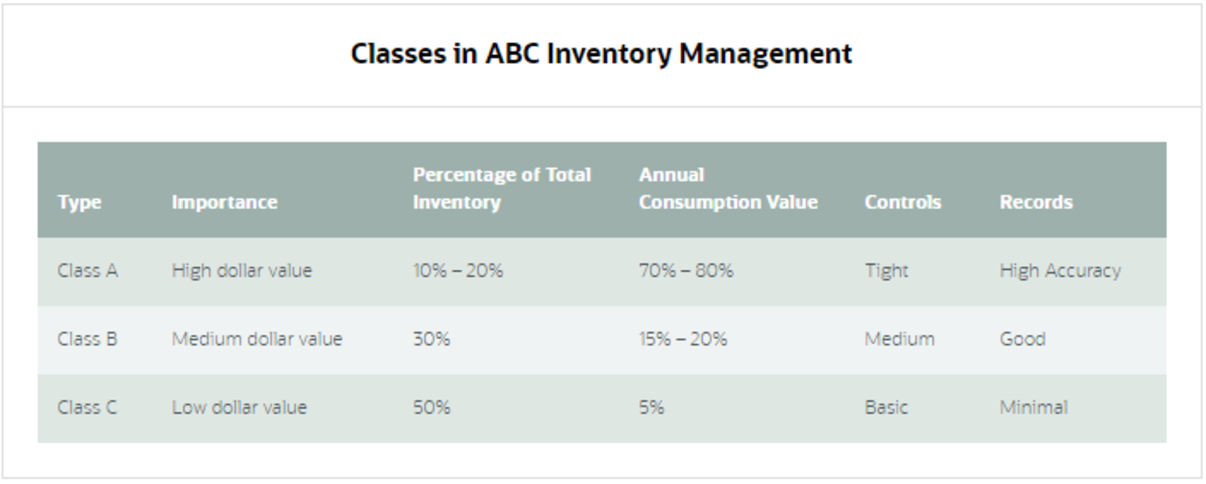
KOOL ASSET MANAGEMENT
SIMPLIFYING THINGS

If you have the potential, your business will be the epitome of it. The success of your business is decided by the consumers who buy your goods and the customers who buy them again and again. All you need to do is win the hearts of consumers and make sure to never let them down.
Happy, repeat customers are a dream for any business, because, potentially, these customers will make your business successful and put a lot of money in your pockets. One of the things to focus on internally, to ensure success, is smart inventory management. The way you source, store, and sell your inventory will be a deciding factor as to how much money you make and how much of it you can save.
This article will cover why we need to have good inventory management, the common problems faced, and the techniques of inventory management that will keep your business on profitable ground and help you save money without losing your best customers.
Why does Inventory Management Matter?

Inventory management is all about how you plan to play the game. But why does it matter? Here is why:
- Inventory Management Saves Money
Having inventory for a longer time than expected will loot your money. When the goods in your stock are not getting sold, profits may diminish. Additionally, low inventory of key items, for example, those materials needed in the production process, may cause unnecessary delays and loss of revenue.
- Planning mistakes can be expensive
When implementing a new inventory management system, setting up a new business or perhaps even expanding your business, careful planning, involving all relevant stakeholders and clear communication across all levels is of utmost importance.
Take an example of Nike's significant $100 million loss, which was a result of a glitch in their newly implemented ERP system. Better planning of their testing process may have saved them a few blushes and $100 million.
Another example is Target and their supply chain gridlock in Canada. Target’s launch in Canada wasn’t smooth at all - goods were entering their warehouses at a much faster rate than they were getting out, leading to stock-outs and many customers being frustrated.
It is clear that even most enormous corporations can get punished when planning is not done right.
Common Challenges in Inventory Management

There are several problems involved in inventory management. Let's take a look at the common among those.
- Old Fragile Stocks
Sometimes, there may be some inventory which is easily destructible and dainty in structure. These inventory items need specialized asset protection strategies and inventory control. Focus should be on selling or using the oldest items first so as to not lose valuable stock to damage or spoilage.
- Manual Tracking
Using manual inventory tracking with various software and spreadsheets can be repetitive, gradual, and also gives opportunity to lots of human error. Businesses of all sizes, even small businesses, need centralized inventory tracking which gives a common view to all concerned stakeholders, thereby enabling fact-based decision making.
- Shifting Demands
Customers demand changes almost all the time. Having more products without a backup plan will result in antiquated (outdated) stocks that are no longer saleable. Also, keeping fewer items will leave you failing to satisfy the customers' needs. You need to plan and implement strategies for that inventory which is core for the business.
- More Competition
International supply chains are sometimes subject to some out-of-the-blue economic changes and market forces primarily impacting their competition for raw material.
An example of such an unexpected event is the Suez Canal blockage in March 2021, which caused enormous delays in the global supply chain. In times of un-expected scarcity, most businesses will often pay higher prices for the few goods available while others hoard inventory in fear of running out.
- Overload
Holding too many items on hand is as challenging as having too little. Overstocking will profoundly impact the money flow and result in problems involving lack of storage space.
- Lack of expertise
It might be challenging to find an experienced and skilled inventory manager with adequate knowledge of the latest technology and new strategies. You can't just upgrade the inventory management system with some new features. You need professionals capable of keeping everything running smoothly.
Inventory Management Techniques to Save your Money

- Establishing the Minimum Stock Levels(MSLs)
The minimum stock level (also known as par level) is the minimum amount of goods that you should have at all times. The amount will change according to the expected demand and the timespan of the product sales.
If you are clear with the MSLs, you will know how to systemize your orders. Do not forget to upgrade/downgrade the MSLs from time to time, depending on the marketing condition. You should order more products before the inventory goes below this number, taking into account the average delivery timelines from your suppliers.
2 Centralized Inventory Management System
A centralized inventory management system gives you access to forecast, track, analyze, estimate, and control the stock. It reduces the possibility of human error, keeping everything organized and efficient. Use any of these systems for your centralized inventory system, or if you have budget limitations, you could try one of these free or open-source options.
3 Prioritize the Products
You should prioritize the products that can help you save your money because you will know which product must be ordered more quickly.
There is a way to do this – ABC Analysis that involves:
- A Products that are high-value items with less sales frequency
- B Products which are in moderate demand with moderate sales frequency
- C Products which are low-value items with high sales frequency

The idea is to focus mostly on the class A products since they bring the most value, typically in the 70-80%, to the business.
While class B and C could take up more storage space, the controls and effort in inventory tracking needn't be as tight as with items in the class A category. In fact, it may even be a good idea to negotiate with your suppliers to store class C items on your behalf, if storage space is a concern for your business.
4 Better Forecasting for Demand
Predicting the future can be troublesome. But, if you have been in the business for a while, it would become your second nature. First, you need to review past trends and sales data and estimate an approximate amount of stocks to be stored.
If you don't have any information about past trends, it will only slow your process, not stop it. At least, look at the past year's data and develop a primary demand for every season. With the help of that, you need to forecast what will probably happen in the future.
You can also take marketing efforts and average conversion rates into consideration. It can help you estimate the number of products to be stocked at any time.
5 FIFO Method
FIFO, the acronym for "First In First Out," is an active strategy with its primary objective being getting the older stock of your business to sell first. This strategy will be helpful if you have a company that sells perishable supplies.

Organize your warehouse so that you can follow the FIFO method. Always note the product's expiry date and the changing demand of customers. You can also add an order picking system to support you in selling the older items first.
6. Good Relationship with Customers and Suppliers
Besides keeping the numbers up, you should also manage the expectations, mainly to avoid over-promising and under-delivering.
You should brief the customers about your refund policies and update them about their orders periodically. Make sure that the numbers are recently checked. Inform the customer about the product which has been recalled. Do not hide the difficulties involved in the delivery times during the peak season.
On the other hand, be honest and have an open relationship with the suppliers. You then should be the first to know if the supplier is raising the cost, does not have the product or any other issues.
7. Have a Backup Plan
Issues can be of any kind, come up anywhere, and at any time. You need to be ready for the worst. So having a contingency plan will help you fall back on a cushion instead of a rock.
You must be prepared for the issues that can happen, such as the supplier run-out of products, unpredictable product recall, no space in the warehouse, cash flow problems, and many more.
Conclusion
Issues happen, businesses fall, and many go jobless. But the business owner can limit the chances of it happening. Avoiding costly inventory mismanagement can be demanding, but it is good not only for you but also for your business and employees. In addition, if you do things correctly, the competitors' list will become less as you lead the pack.
Having an experienced fellow in your team will boost your business even more. These techniques will guide you to brainstorm a solution, get your business under control, and save a lot of money.
From estimating MSLs to setting up a backup plan, you have everything in your hands. The only thing remaining is to establish them. Start working on it!
Latest Articles


